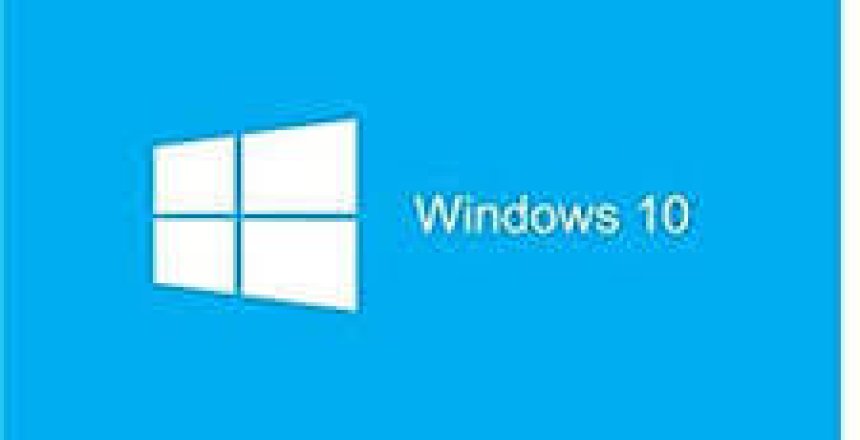Microsoft announced that with Windows 8, there will not be any Extended Support Updates, which would enable an Enterprise customer could buy additional years of support, this also applies to Windows 10. However, Windows 10 is a complicated beast in that it is divided into versions, with extended support ending in 14th October 2025
Windows 10 versions
Unlike previous Windows versions which were simple to understand, Microsoft decided to release an entirely new version of Windows roughly twice yearly, so each release has a different support end date.
Version | End date |
|---|---|
22H2 (Currently in preview release only) | |
21H2 (November 2021 Update) | 11th June 2024 |
21H1 (May 2021 Update) | 13th December 2023 |
20H2 (October 2020 Update) | 9th May 2023 |
2004 (May 2020 Update) | 14th December 2021 |
1909 (November 2019 Update) | 10th May 2022 |
1903 (May 2019 Update) | 8th Dec 2020 |
1809 (October 2018 Update) | 11th May 2021 |
1803 (April 2018 Update) | 11th May 2021 |
1709 (Fall Creators Update) | 13th October 2020 |
1703 (Creators Update) | 8th October 2019 |
1607 (Anniversary Update) | 9th April 2019 |
1511 (November Update) | 10th October 2017 |
1507 (Original Release) | 8th May 2017 |
Push to Windows 10
In September 2015, Microsoft created the push to get users to update from older versions of Windows to Windows 10, which observed a lot of criticism in the way they pushed people to switch to Windows 10. However, anyone who switched to Windows 10 would find hardware that was supported in previous versions would stop working.
Each release of Windows 10 is an entirely new version, so you have to download the entirety of Windows 10 each time.


